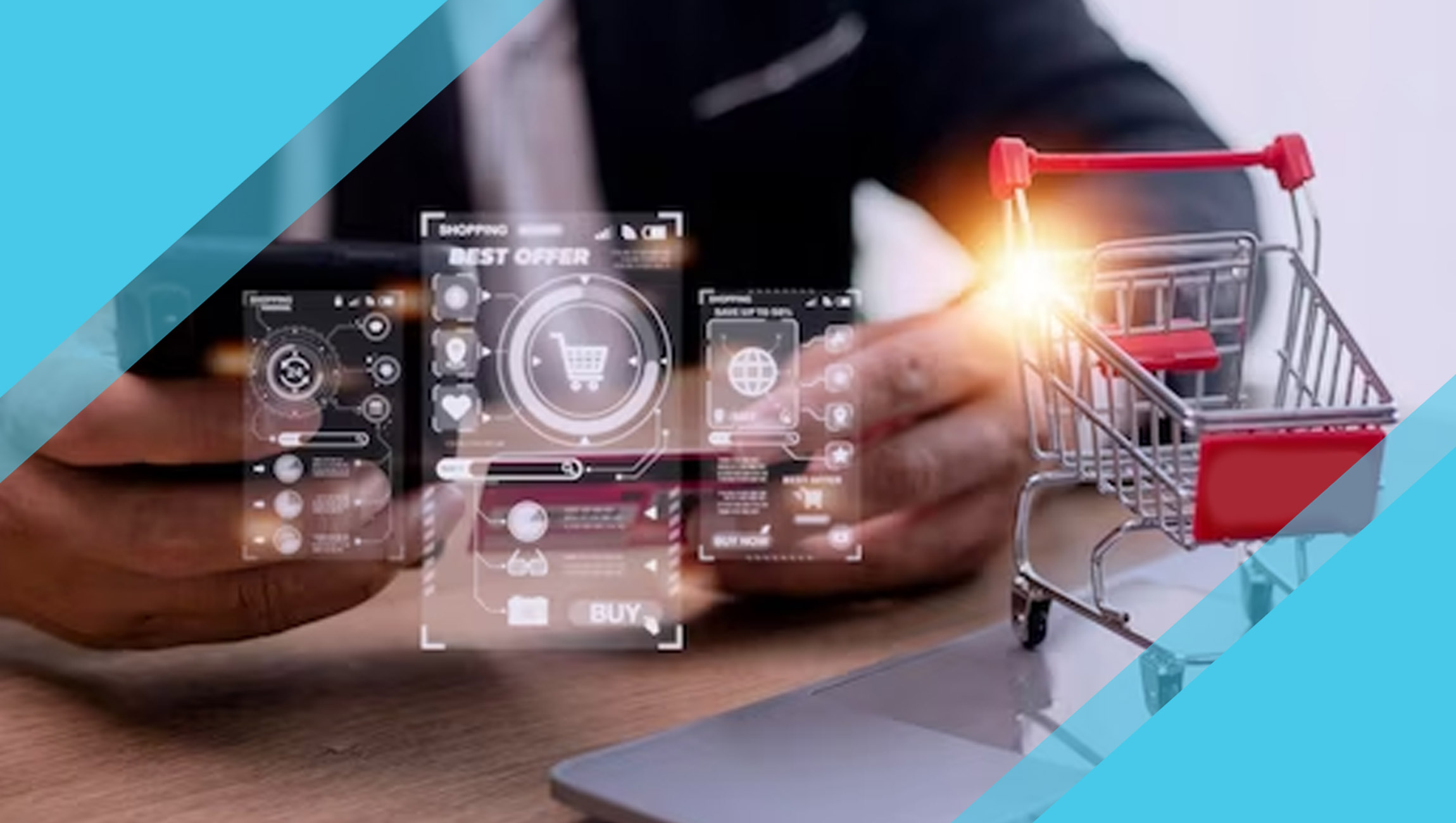B2B customers, just like customers in other domains, expect smooth experiences. To stay ahead of the competition, B2B companies must develop innovative strategies and evolve with customer expectations. If this area remains unattended or ignored, companies risk losing their businesses to competitors. So, first things first, what does frictionless B2B e-commerce mean?
Frictionless or, say, smooth commerce implies a set of strategies and practices that aim at eliminating hurdles and bottlenecks in the shopper’s journey. Through these strategies, a convenient and seamless shopping experience can be facilitated for the customer.
Nonetheless, as business operations are interlinked, friction might be hiding beyond the customer-facing business facets, posing serious issues. Getting rid of those hold-ups and optimizing other connected elements in every business area must be prioritized. It assists companies in accomplishing cohesion and consistency through different channels that can potentially impact customer relationships.
Marketing Technology News: Top 4 Trends Advertisers Should Expect for the Streaming Ecosystem in 2023
Some of the major aspects of frictionless B2B E-commerce are:
- Security
- Customer satisfaction
- Fulfillment
- Diverse payment options
- Accessibility & UX design
- Personalization
- Positive experience
Strategies You Can Consider For Facilitating Frictionless B2B Commerce Journey
1.Using Generic Emails
No customer is a fan of those generic, dragging emails that get continuously bombarded on their PCs and phones, especially the ones that are in no way connected with one’s interests. When left unattended, it can trigger unsubscribes on a massive scale. Businesses need to use emails that resonate greatly with their customers. Items that were browsed recently could be used to deliver personalized product recommendations.
2. Poor Customer Service
More than 50% of Americans have abandoned a transaction or planned purchase due to poor customer service, as per the study conducted by American Express. If a customer has questions or doubts about the product, service, or delivery, they expect to get the queries answered as soon as possible. Chatbots help businesses offer personalized product suggestions to shoppers and thus, enabling them to offer excellent service.
3. Lack of Inventory Visibility
Modern customers expect instant/ rapid delivery of their products. Thus, being capable of filtering the product availability for their eCommerce stop is crucial. Or else it can hamper the ability of the customer to properly search and filter. To get the products soon.
4. Minimal Product Content
Enterprises need to know what a proper product must entail. For instance, it should involve a description, materials, specs, dimensions, image angles, number o images, etc. Nonetheless, product content requirements are evolving quickly within a subindustry in the retail sector. Thus, companies need to understand the expectations of customers, and if not done correctly, businesses may end up losing customers.
5. Vague Delivery Information
Internet users differ a lot from browsers. Thus, customers who search need to be offered information easily, which is intuitive, accurate, and predictive. Detailed and clear product images also help those customers who utilize the search.
6. Multi-Page Checkout
On the surface, it may seem too minor an issue to be regarded; however, this potential friction point can intensely impact the conversion rates. Thus, the best practice here suggests that all fields, including billing, payments, review, etc., should be laid out on a single page, broken down into navigable and intuitive sections. It is crucial to ensure that the faster and more seamless the checkout process, the more your customer will engage and revert to your site.
7. Poor site performance
Brands, whether big or small, are still struggling with equipping themselves with the ability to offer sites that perform well during traffic hours. Mobile site loading time is directly correlated with conversions, and if it increases from 1 to just 3 seconds, it will trigger customer frustration. So, this friction needs instant address; otherwise, you would be watching your bounce rates rise even higher.
8. No Customer Reviews on the Site
There is ample data that supports the connection between customer reviews and higher conversions. Gartner L2’s report states that customer reviews can potentially enhance conversions by about 133%, which is great. Without reviews, customers might easily be tempted to shop elsewhere and even decline the decision to shop from your site. When it comes to reviews & ratings, following the best practices always gives sustainable outcomes.
These are some of the top B2B friction points one needs to address to stay ahead of the competition. By heeding the above points, you can facilitate remarkable growth in your business while enhancing customer experiences to a great extent.
Marketing Technology News: MarTech Interview with Mona Popli, Vice President of Product Marketing at Heap











